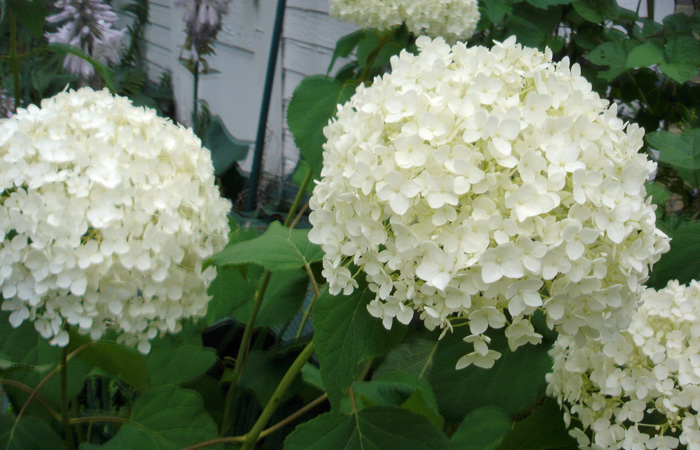Spring is on its way and “gardening fever” is starting to spread. To help you all get off on the right foot I figured I would warn you about some plants you should not buy. Many of these options can be found just down the street at your local box store, close and convenient. It’s not their fault. They are simply selling popular options. Plant survivability and care is not their specialty.
To determine whether a plant is a good option or not is mostly about the zone rating. Zone two plants are pretty easy care and good options for South-East Manitoba. Zone three needs some protection but can do well. Zone four is very complicated and requires knowledgeable care. Zone 5 and under have next to no chance of survival. These are the varieties that simply should not be sold in Manitoba.
One of the classics is the Dwarf Alberta Spruce. With silver-green needles, compact upright form and it only grows 3′ to 4′ tall. It’s the perfect little Christmas tree for the yard! But it will die. Every time. It is rated zone 6 and is just not bred for our winter climate. An alternative that is still being developed is an upright Mugo pine. Same size and shape with longer needles and zone 2 hardiness.
Emerald green cedar is another similar selection. Fresh green foliage and excellent form it makes a beautiful addition to the yard and can be a very nice hedge as well. For one summer. They will freeze and burn in their first winter. A better substitute is the sky bound Cedar. Same size and shape but zone 2.
Tree-form roses are another one of those beautiful unique options that adds a lot of personality and style to a flower garden. However you are better off planting a top-graft Lilac or perhaps Hydrangea. Both are rated zone 3 and would need shelter from North wind, but they will survive much longer than the zone 5 tree-form Rose.
Speaking of hydrangeas there are some very beautiful selections out there. I have seen some that will bloom with green, white, pink, purple and blue all on the same plant… in Costa Rica. Here in Manitoba white and pinks are the most trustworthy options we have now. As tempting as they might look always consult the tag first to see what it is rated as.
Ivory Silk Tree-Lilac is a tricky one because it was developed in Ontario. Therefore you would think it is safe for our use. But alas it was developed in southern Ontario where they can also grow peaches and Sweet Cherries. If you want a Lilac Tree I recommend getting the generic original. Standard Japanese Lilacs do not have the refined form of the Ivory Silk selection, but they do have a better cold tolerance and less trouble with frost cracking on the trunk. Another replacement option would be Starlite or Spring Snow Flowering Crab Apples. They grow the same size, better shape, zone 2, and the Spring Snow is fruitless. Starlite produces fruit that it holds onto all winter and is eaten by birds and wild life.
There are many more plants that I can and will go into, but that will have to wait for next week.




